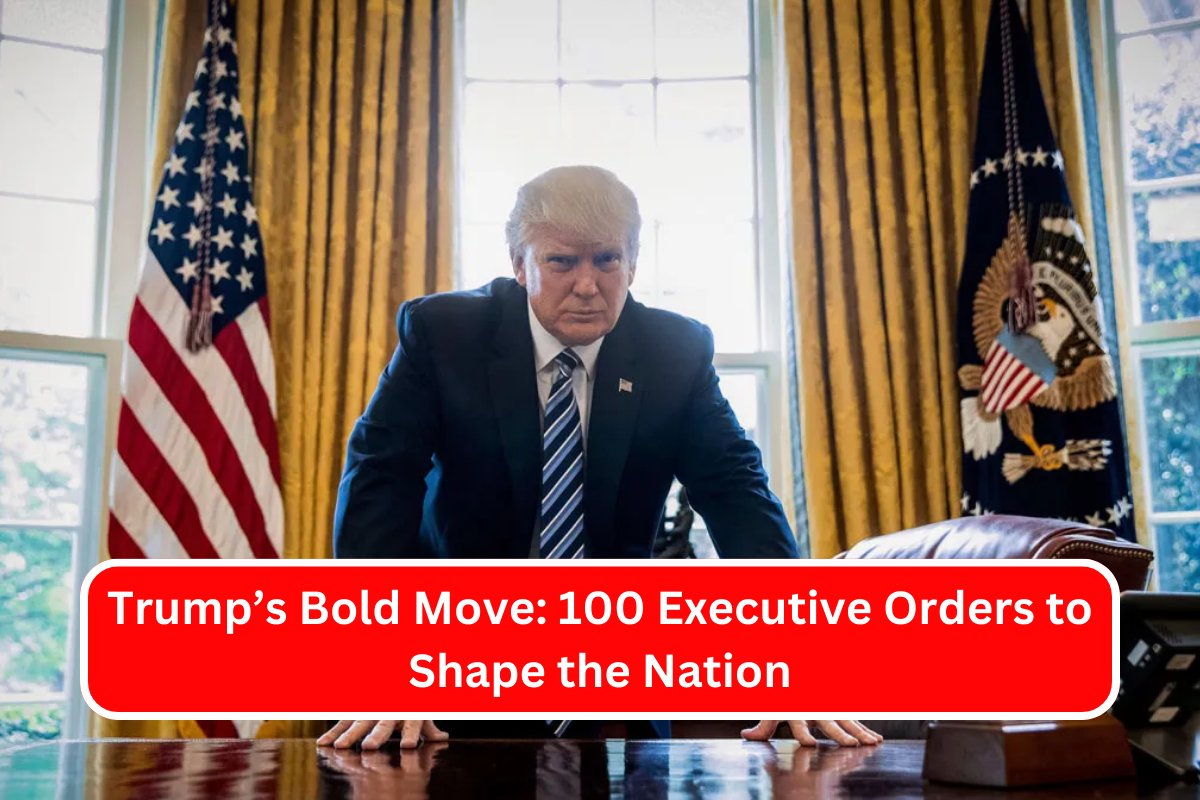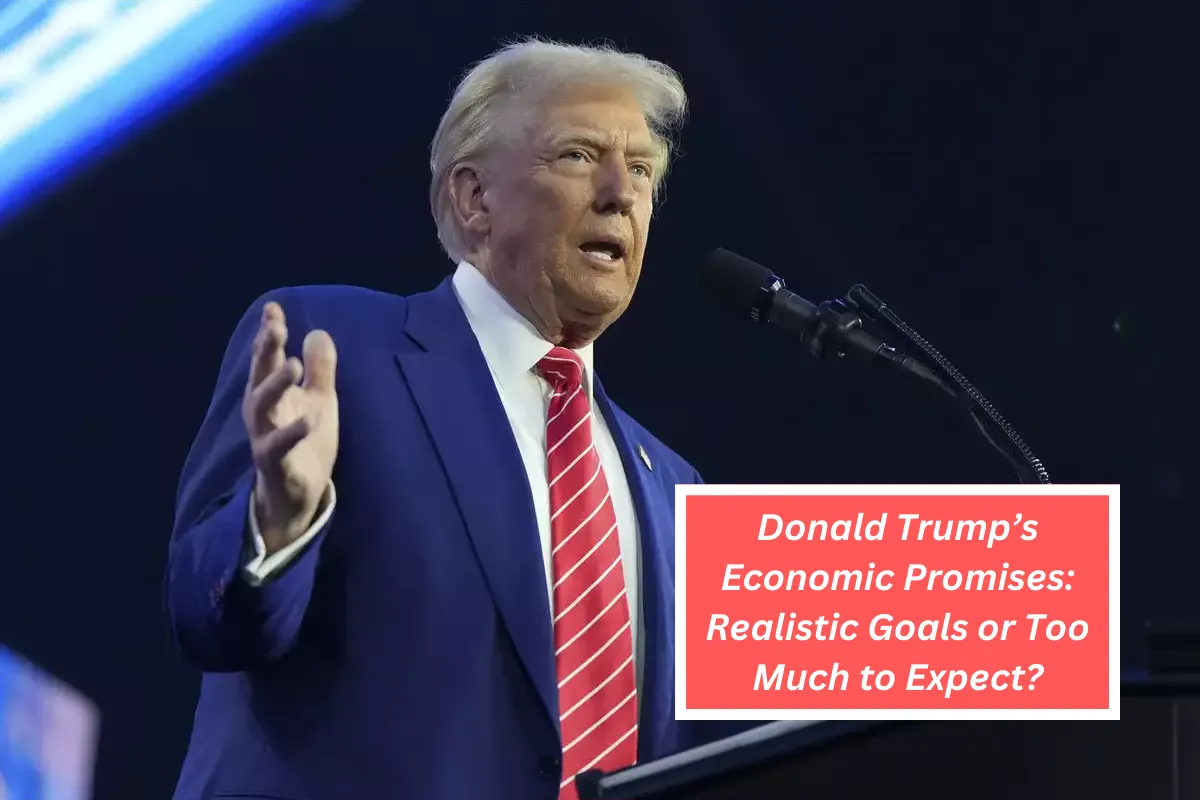President Joe Biden signed a crucial bill into law that prevented a U.S. government shutdown, ending a chaotic week of political negotiations.
The bill ensures government funding until March 14, provides disaster aid, and offers support for farmers. Despite challenges, House Speaker Mike Johnson and bipartisan efforts successfully navigated obstacles to avert the crisis.
The situation highlights ongoing tensions in Washington, the impact of debt ceiling debates, and the delicate balance required to govern effectively. Here’s a detailed overview of the events, outcomes, and implications.
The Government Shutdown Crisis: Key Developments
What Was at Stake?
A government shutdown occurs when federal funding is not approved by the deadline, leading to the closure of non-essential government services.
This can impact millions, including federal employees, businesses, and the economy.
The latest crisis revolved around funding disagreements and President-elect Donald Trump’s demand for a debt ceiling increase, which was rejected in the final agreement.
The Temporary Funding Plan
The bill signed by President Biden:
- Funds the government at current levels until March 14.
- Includes $100 billion for disaster aid.
- Allocates $10 billion in agricultural assistance for farmers.
Key Votes and Bipartisan Efforts
- House Vote: The revised plan passed with a 366-34 vote.
- Senate Vote: Approved 85-11 just past midnight.
- Senate Majority Leader Chuck Schumer confirmed shutdown preparations were halted, ensuring continuity in government operations.
Challenges and Political Tensions
House Speaker Mike Johnson’s Leadership
Mike Johnson faced a tough challenge as he worked to:
- Avoid a shutdown.
- Manage dissent within the Republican Party.
- Navigate Trump’s last-minute demands for a debt ceiling increase.
Johnson acknowledged the compromise as “a good outcome for the country” despite criticism from some Republican members.
Trump’s Influence on the Deal
President-elect Trump’s demand to include a debt ceiling increase posed significant hurdles.
- The federal debt stands at approximately $36 trillion, with rising borrowing costs due to inflation.
- Trump’s intervention demonstrated his influence in Congress but also exposed limitations in achieving his demands.
Implications for the Future
Debt Ceiling Debate
The debt ceiling remains a contentious issue.
Lawmakers last raised the limit in June 2023, suspending it until January 2025.
Without action, the Treasury will need to employ “extraordinary measures” to avoid default by summer 2025.
Republican Strategy and Leadership Challenges
The narrow Republican majority in the upcoming Congress means Speaker Johnson will need to balance party priorities with bipartisan cooperation.
GOP leaders aim to tie debt ceiling negotiations to tax and border policy packages.
The internal divide among Republicans could pose challenges for passing future legislation.
The passing of this temporary funding bill provides a short-term solution, but underlying issues like the federal debt and partisan divides persist.
It underscores the importance of bipartisan collaboration in maintaining government operations and addressing fiscal challenges.
As the political landscape evolves, leaders must navigate these complex issues to ensure stability and progress for the nation.
FAQs
1. What is a government shutdown?
A government shutdown occurs when funding is not approved in time, leading to the closure of non-essential government operations.
2. What does the new bill include?
The bill funds the government until March 14, provides $100 billion for disaster aid, and $10 billion in agricultural assistance.
3. Why was the debt ceiling a key issue?
President-elect Trump demanded a debt ceiling increase, but it was excluded from the final agreement. The U.S. debt is at $36 trillion, with rising borrowing costs.
4. What is the debt ceiling?
The debt ceiling is the maximum amount the U.S. government can borrow. Raising it allows the government to meet financial obligations.
5. What challenges lie ahead for Congress?
The narrow Republican majority in 2025 will require careful negotiation to pass bills, especially regarding the debt ceiling and federal spending.





















